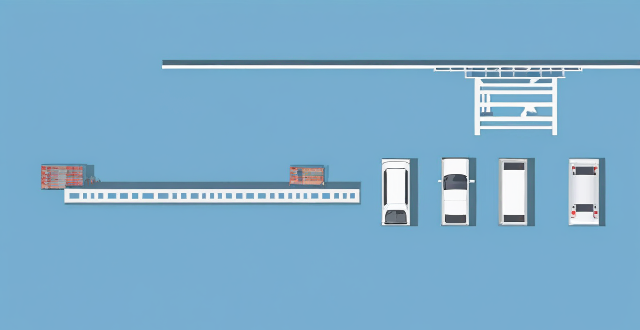Electronic torque vectoring technology enhances vehicle handling and stability through controlled power distribution among wheels. Benefits include improved cornering, braking performance, stability, and fuel efficiency. However, it comes with limitations such as high cost, possible compatibility issues, and limited availability.

The Role of Electronic Torque Vectoring in Enhancing Handling and Stability
Overview
Electronic torque vectoring is a technology used in modern vehicles to improve handling and stability. It does this by controlling the distribution of power between the wheels, allowing for more precise control of the vehicle's movements. This article will explore the role of electronic torque vectoring in improving handling and stability, including its benefits and limitations.
Benefits of Electronic Torque Vectoring
Improved Cornering Ability
One of the primary benefits of electronic torque vectoring is improved cornering ability. By distributing power between the wheels, the vehicle can turn more sharply without losing traction. This results in faster lap times and better performance on winding roads.
Better Braking Performance
Another benefit of electronic torque vectoring is better braking performance. By reducing power to one wheel while increasing it to another, the vehicle can slow down more quickly without sacrificing stability. This is especially useful when driving on slippery surfaces or in wet conditions.
Enhanced Stability
Electronic torque vectoring also enhances stability by preventing understeer or oversteer during high-speed cornering. By adjusting the power distribution between the wheels, the vehicle can maintain a more stable position on the road, reducing the risk of accidents.
Improved Fuel Efficiency
Finally, electronic torque vectoring can improve fuel efficiency by reducing engine load. By distributing power more evenly between the wheels, the engine doesn't have to work as hard to maintain speed, resulting in lower fuel consumption.
Limitations of Electronic Torque Vectoring
While electronic torque vectoring offers many benefits, there are also some limitations to consider:
Cost
One limitation of electronic torque vectoring is cost. This technology is typically found in higher-end vehicles, which can be expensive for some buyers. Additionally, repairs and maintenance may also be more costly due to the complexity of the system.
Compatibility Issues
Another limitation of electronic torque vectoring is compatibility issues with other vehicle systems. For example, if the vehicle has an older transmission or suspension system, it may not be compatible with electronic torque vectoring technology.
Limited Availability
Finally, electronic torque vectoring may not be available in all vehicles or regions. Some manufacturers may choose not to include this technology in their vehicles due to cost or other factors, limiting its availability to consumers.
Conclusion
In conclusion, electronic torque vectoring plays a crucial role in improving handling and stability in modern vehicles. Its benefits include improved cornering ability, better braking performance, enhanced stability, and improved fuel efficiency. However, potential limitations such as cost, compatibility issues, and limited availability should also be considered when evaluating this technology.